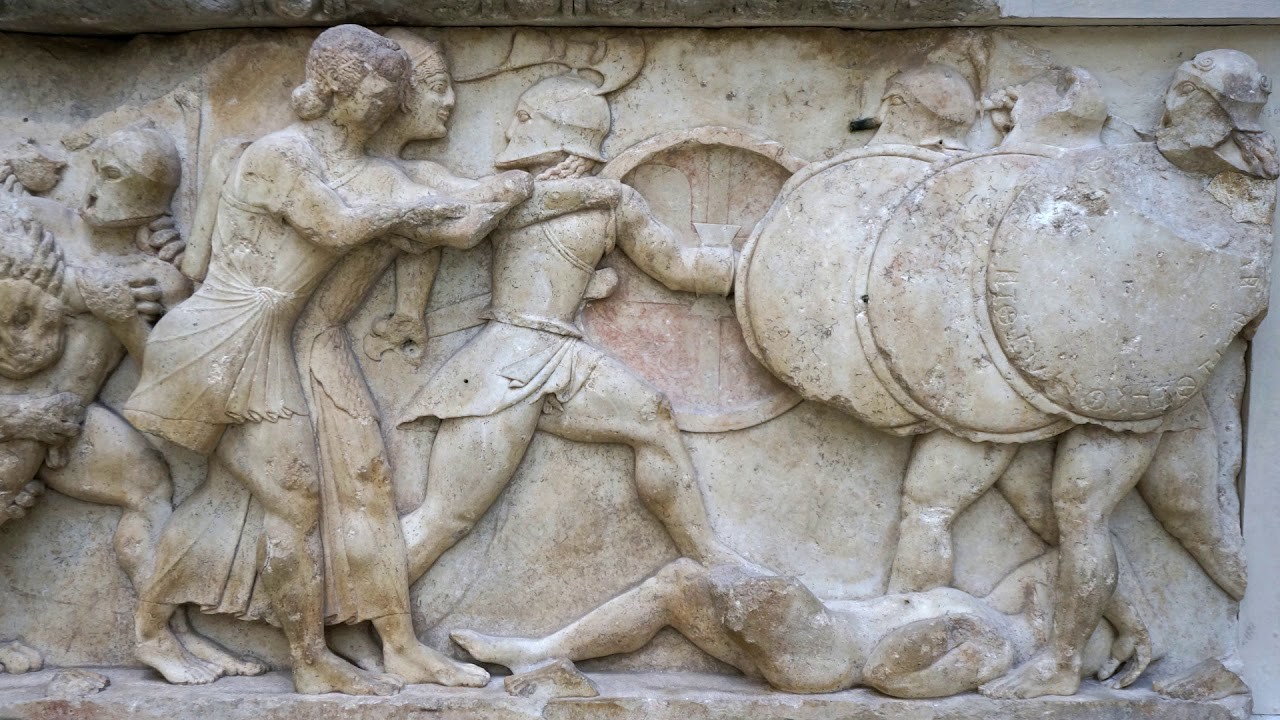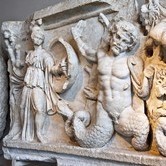-
Posts
17 -
Joined
-
Last visited
-
Days Won
4
artcheology's Achievements
Nil Point! (1/8)
14
Reputation
About Me
History of the Museum
The National Archaeological Museum was founded in 1867 by Queen Isabella II, following the European trend of creating great national museums to exhibit the evidence of each nation’s past. Its founding satisfied the demand for a major institution where the collections of historical artefacts scattered among various establishments could be brought together under one roof with the aim of documenting the entire history of Spain, from its beginnings to the present day, and offering an overview of ancient civilisations from around the world.
The idea took hold thanks to the advances being made in archaeology at the time and to a growing awareness of the incalculably valuable cultural heritage which, as a result of invasions, wars and government confiscations, was at risk of disappearing and required protection.
The new museum’s mission was to collect, preserve and study these assets and make them available to the general public for their edification and instruction.
The Museum and Its Homes
From the outset, the site designated for the National Archaeological Museum was the Palace of the National Library and Museums, a large new building conceived in 1860 and located on the Prado de Recoletos. It was completed in 1892, over 30 years and three architectural projects later.
Between 1867 and 1893, the museum was provisionally housed in the Casino de la Reina, a former country estate near what is now the Embajadores roundabout in Madrid, which the city council had presented to the Queen Consort, Maria Isabel of Portugal, in 1817.
Museum collections
The museum collection was formed through different types of acquisitions based on the nature of the artefacts and frequently marked by the political, cultural and legislative circumstances of the day.
The 1867 decree that led to the creation of the museum stipulated the allocation of an initial collection comprising exhibits from the Museum of Medals and Antiquities housed at the National Library archaeological and ethnographic artefacts from the Museum of Natural Sciences, and the entire collection of the School of Diplomatics. These early collections were soon augmented by numerous bequests and the purchase of important private collections owned by people such as Manuel de Góngora, José Ignacio Miró, José de Salamanca and Eduardo Toda.
The scientific committees, made up of museum employees who travelled to various locations both in Spain and abroad in search of new acquisitions, were particularly important in this respect. The most notable were the Spanish trips made by Paulino Savirón, Juan Sala, Juan Salas Dóriga, Juan de Dios de la Rada y Delgado and Juan de Malibrán, and the 1871 expedition to the east aboard frigate Arapiles, which returned with a remarkable collection of archaeological artefacts from places such as Sicily, Athens, Cyprus, ancient Troy and Constantinople.
By the beginning of the 20th century, the institution’s identity as an archaeological museum was becoming increasingly clear. Its collections in the Ethnography, Oriental Art and Americas sections were transferred to the National Museums of Anthropology, Decorative Arts and the Americas, freeing up space for the acquisitions that were flooding in from archaeological finds and excavations, such as Bell Beaker pottery from Ciempozuelos (Madrid), Luis Siret’s collection of artefacts from important sites in southeast Spain, and the objects amassed by the Marquis of Cerralbo during his excavations of Celtiberian sites.
The Guarrazar crowns and the Lady of Elche entered the museum, after a period at the Prado Museum, by virtue of an exchange of artworks with France in the 1940s.. The 1970s saw a new influx of iconic pieces, including the Lady of Baza and the Pozo Moro Monument, as well as materials from Spanish excavations conducted in Egypt and Sudan under the terms of the agreements with the Egyptian government at the time of the construction of the Aswan Dam.
Acquisitions from excavations have declined considerably since 1985 when the regional governments of Spain were given control over such activities, although the museum continues to enrich its collections through purchases and bequests
Staff
Personal del Museo hacia 1880
When the National Archaeological Museum and the provincial archaeological museums were founded in 1867, a corps of professionals specialising in the study and conservation of the assets assigned to them was created.
The “Antiquarians” section of the Archivists and Librarians Corps, subsequently renamed “Archaeologists” (1901) and then “Museum Curators” (1973), together with the Museum Assistants Corps (1977) and the Museum Auxiliary Corps (1932), joined the ranks of the group of experts dedicated since then to performing the technical and management duties involved in protecting the cultural heritage preserved at archaeological museums.
Personal Museo Arqueológico Nacional en 1936
The history of the National Archaeological Museum is not only the history of its collections and the exhibitions it has held, or of the building in which it is housed. It is also the history of the people who have dedicated their professional lives to this institution over the years. The daily efforts of these individuals, together with those of the Administration, Services and Maintenance departments, have made the museum what it is today.
Their ranks have included some of Spain’s leading archaeologists and experts, and a knowledge of their contributions is essential for understanding how the museum has evolved and, indeed, how the field of archaeology in Spain has evolved.
-
Who's Online 0 Members, 0 Anonymous, 81 Guests (See full list)
- There are no registered users currently online


